Description
Gul Dhawa, گل دھاوا, Axle Wood Flower , Gul-e-Dhawa , Woodfordia fruticosa. Mostly, used parts are flowers. In fact, its temperament is cold and dry in second order.
Other names:
Bengali Name : Dhai Phool
English Name : Downy Grislea
French Name : Boutonner l’Arbre
German Name : Knopfbaum
Hindi Name : Dhawa
Latin name : Anogeissus latifolia Wall.
Sanskrit Name : Dhava, Ghata
Urdu Name : Gul e Dhawa
Plant Description:
Generally, it is a tree that grows up to 33 meters high. The leaves are elliptic-obtuse, entire, rounded at both ends. The flowers are greenish yellow, with minute globular heads on short stalks axillary. As well as, the fruits are small, yellowish brown or reddish brown, glossy, beaks, wings, and a top seed. Its has wedge-shaped seeds. People use this tree in the treatment of wounds, localized swelling, diarrhea, diabetes and skin diseases.
Recommended dosage:
3 to 5 g powder. This herb has no known warnings or contraindications.
Medicinal Uses:
Gul Dhawa is useful for many ailments such as Diarrhoea, Dysentery, Dysuria, Gonorrhoea, Leucorrhoea, Menorrhagia, Piles, Spermatorrhoea, Ulcers, Toothache, Spleen enlargement, Cold and cough, Cholera, Excessive perspiration., Urinary disorders, Scorpion sting and snake bite, Cancer, Carbuncle, Rinderpest.
Moreover, physicians utitlize the flowers of Dhawa in infusion and as tea to induce astringent, stimulant, and tonic effects. They dry and powder, these flowers and mix them with curdled milk and administer to alleviate dysentery and diarrhea, and to alleviate bowel complaints, internal hemorrhages, abnormal secretions, and catarrhs. For conditions like leucorrhea and menorrhagia, the powdered dried flowers, when combined with honey, offer a useful remedy in specified doses. Additionally, a decoction of the flowers is employed as a sitz bath for bleeding piles and prolapse of the anus, while the powdered dried flowers are also administered internally.
Due to their cooling and desiccative properties, the flowers are burned in Brassica campestris oil (mustard/sarson oil) and applied to burnt skin to prevent oozing and promote healing or drying of the affected areas. In cases of bilious fevers, the juice extracted from the leaves is applied intermittently over the head, while the patient holds sesame oil in their mouth; the oil gradually turns yellow as it absorbs bile, thereby providing relief from the fever. Moreover, sprinkling the powdered dried flowers over foul ulcers and wounds helps diminish discharge and encourage granulation. These flowers are also beneficial in conditions such as liver disorders, mucous membrane disorders, hemorrhoids, persistent headaches, and fevers.
Sknatural provides very fine Gul Dhawa. 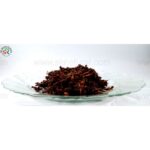
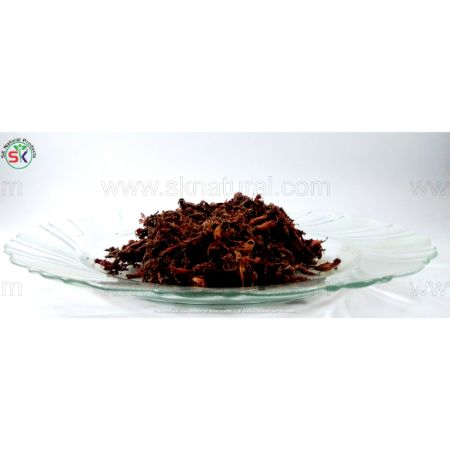

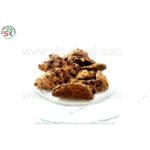
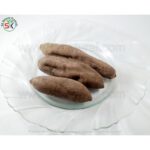
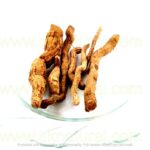

Reviews
There are no reviews yet.